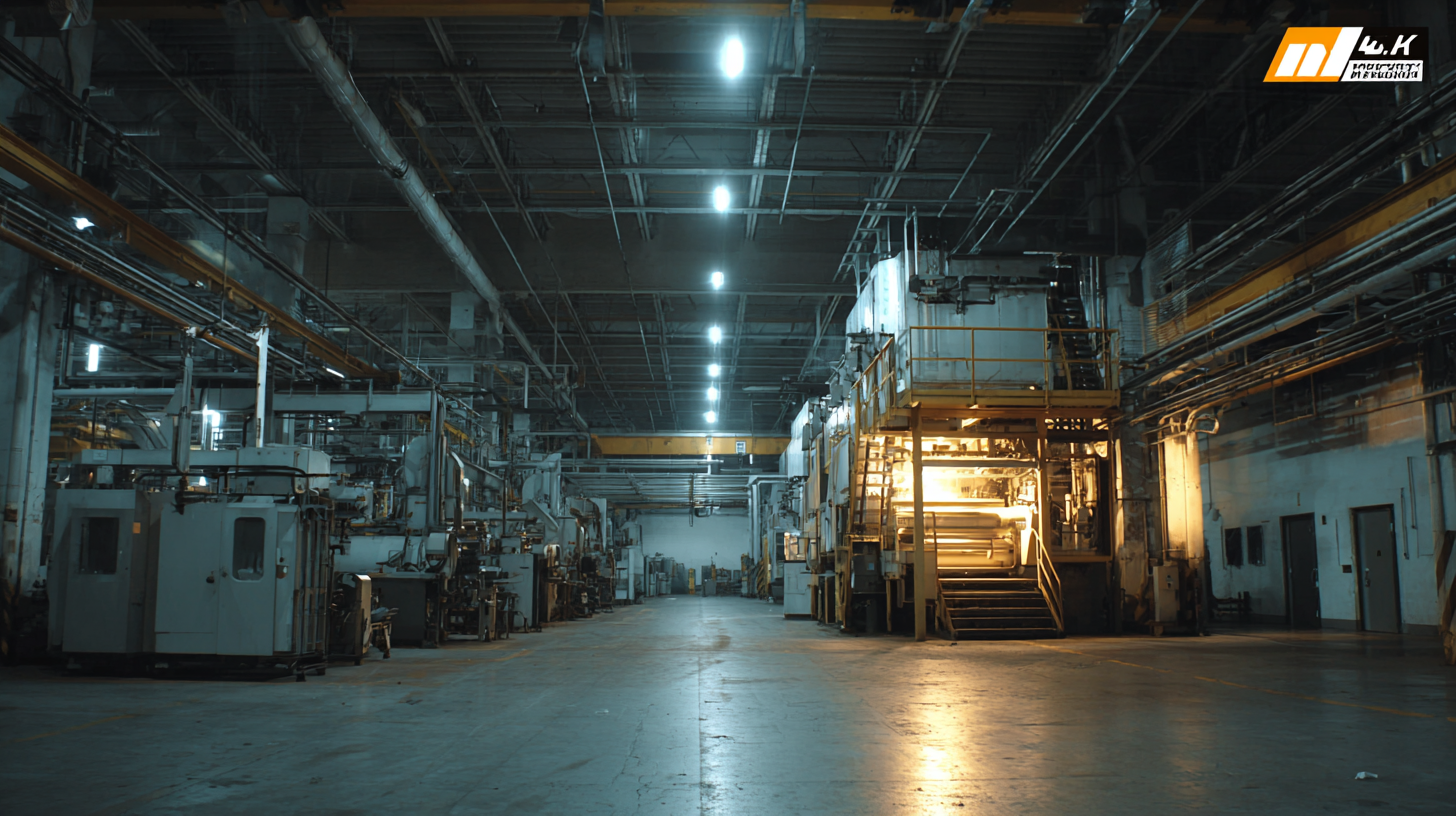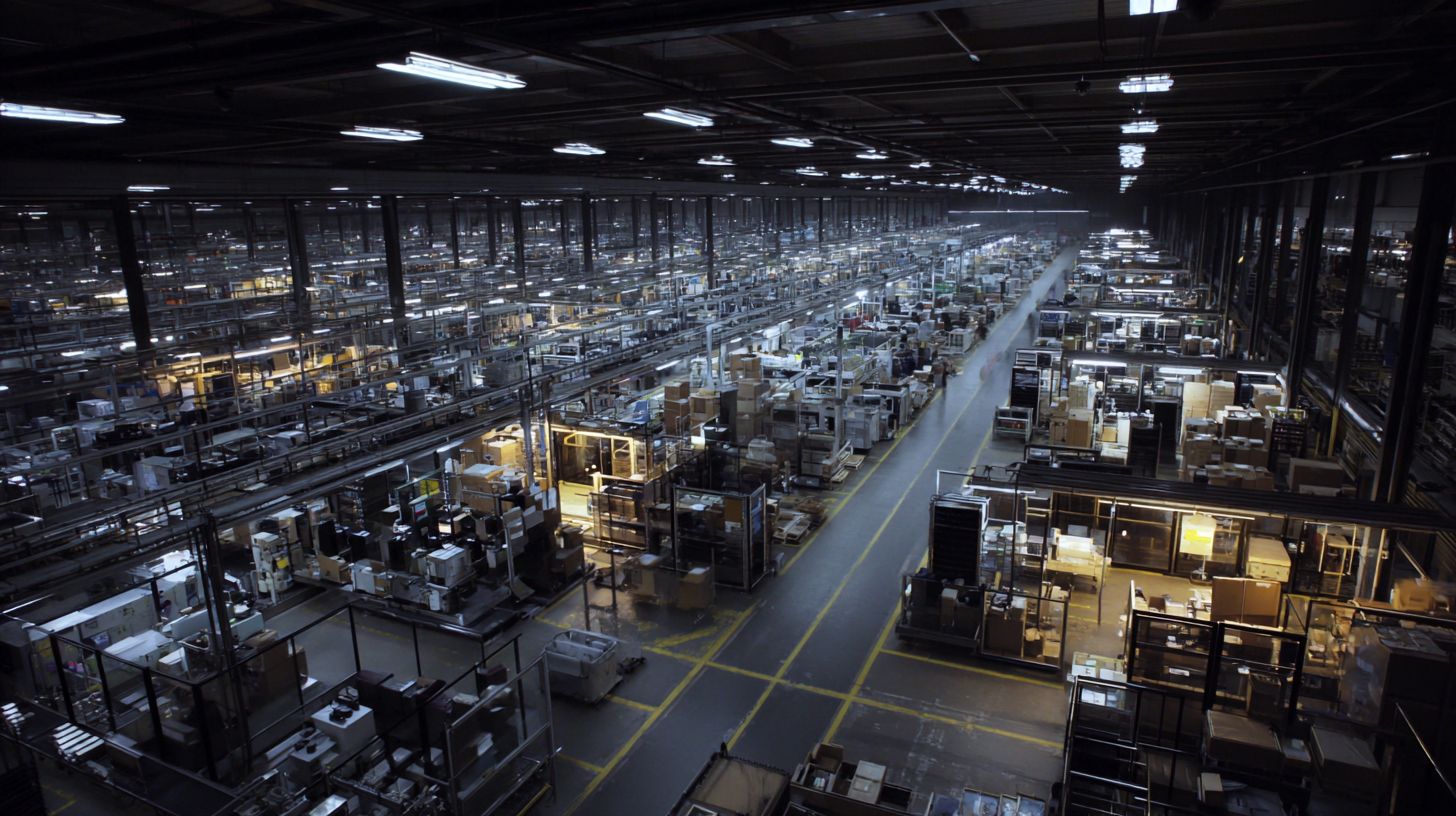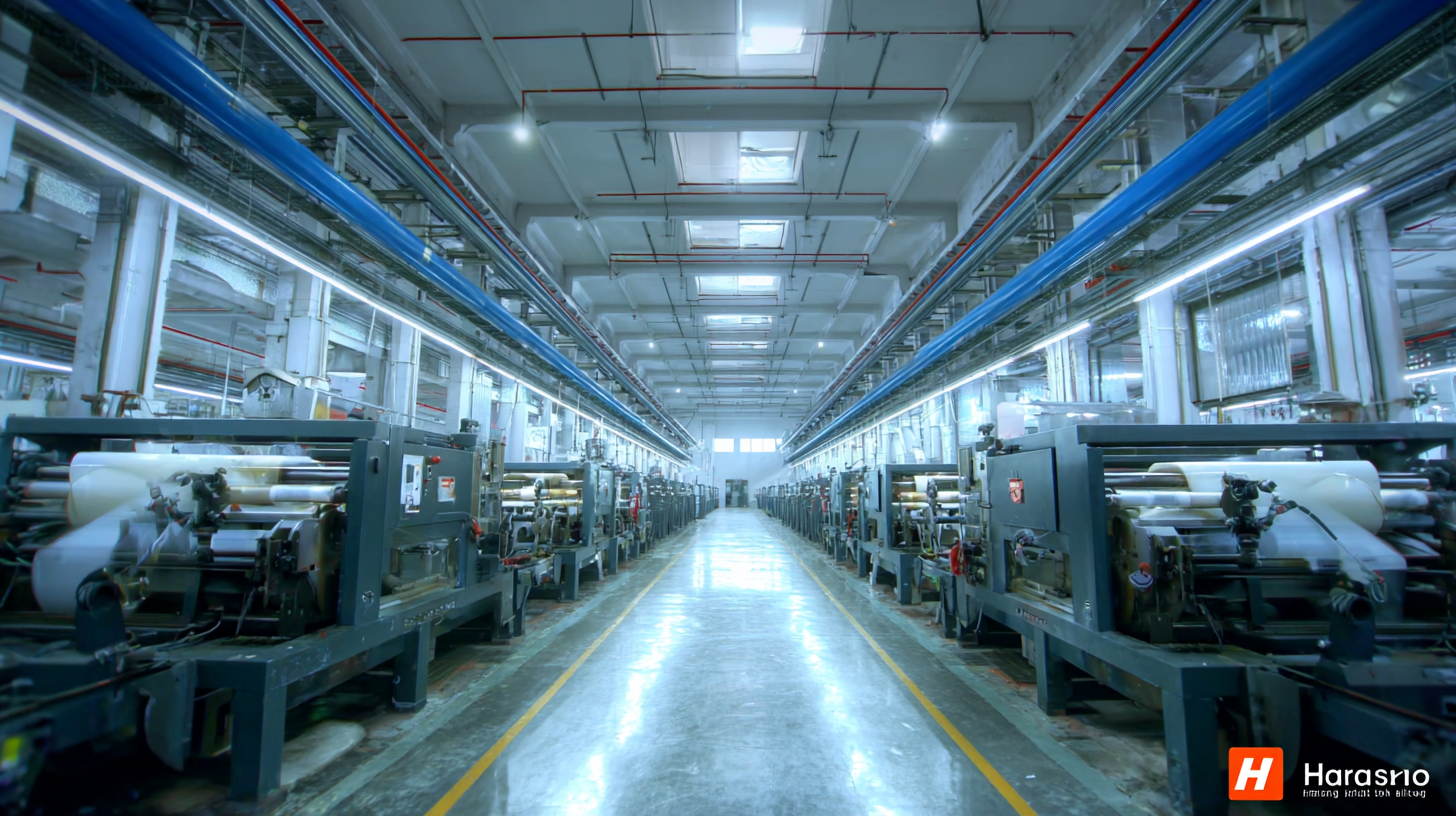
Choosing the Right Manufacturer: A Comparative Guide to Finding the Best Factory
In today's highly competitive marketplace, choosing the right manufacturer is crucial for the success of any business looking to produce quality products efficiently. According to a recent report by McKinsey & Company, approximately 70% of manufacturers face challenges in meeting customer demands due to inadequate supply chain management and factory inefficiencies. This underscores the importance of selecting a factory that not only aligns with your production needs but also adheres to best practices in quality control and sustainability. Additionally, the global manufacturing landscape is evolving, with a projected growth of 3.5% annually from 2021 to 2028, as highlighted by the International Federation of Robotics. Navigating this complex environment requires a strategic approach to identify a reliable factory partner that can adapt and thrive amidst these changes, ensuring that your product development journey is both seamless and successful.

Understanding Your Manufacturing Needs: Key Considerations for Selecting a Factory
When it comes to selecting a manufacturer, understanding your specific manufacturing needs is paramount. Start by evaluating the scope and scale of your project. Consider factors such as product complexity, production volume, and required lead times. By clearly defining these parameters, you can filter potential factories based on their capabilities and expertise. For instance, if you're producing intricate electronic components, seek manufacturers with specialized technology and experience in that domain.
Another key consideration is the quality assurance processes employed by the factory. Inquire about their quality control measures and certifications. A factory that prioritizes rigorous testing and adheres to international standards is crucial for maintaining product reliability. Additionally, assessing the factory's flexibility in adjusting to changes in order size or design modifications can provide insight into their capacity to meet your evolving demands. By focusing on these fundamental aspects, you can make an informed decision that aligns with your manufacturing goals.
Choosing the Right Manufacturer: A Comparative Guide to Finding the Best Factory
| Criteria | Factory A | Factory B | Factory C |
|---|---|---|---|
| Production Capacity | 10,000 units/month | 15,000 units/month | 12,000 units/month |
| Lead Time | 4 weeks | 6 weeks | 5 weeks |
| Quality Assurance | ISO 9001 Certified | In-house QA | ISO 9001 Certified |
| Location | Asia | Europe | North America |
| Pricing | $5/unit | $6/unit | $5.5/unit |
| Minimum Order Quantity | 500 units | 1000 units | 800 units |
Evaluating Factory Capabilities: What to Look for in Production Facilities
When evaluating factory capabilities, there are several critical factors to consider that can significantly influence the success of your manufacturing partnership.
First, assess the technology and machinery available in the facility.
Modern equipment not only boosts production efficiency but also enhances product quality.
 Factories equipped with advanced automation and precision machinery can better meet stringent quality standards and reduce production times, providing a competitive edge in today’s fast-paced market.
Factories equipped with advanced automation and precision machinery can better meet stringent quality standards and reduce production times, providing a competitive edge in today’s fast-paced market.
Additionally, it's essential to analyze the factory's workforce skills and experience. A well-trained team familiar with the latest manufacturing techniques can adapt more swiftly to changes in production demands and ensure adherence to quality benchmarks.
Investigate the company's training programs and employee retention rates; a stable, skilled workforce often translates into consistent output and innovation.
Lastly, examine the facility's certifications and compliance with industry standards, as these credentials reflect the manufacturer's commitment to quality and safety.
By prioritizing these capabilities, you can make an informed decision that aligns with your production needs and long-term business objectives.
Assessing Quality Control Measures: Ensuring Consistency and Standards in Your Products
When selecting a manufacturer, quality control measures are paramount in ensuring that products meet consistent standards and expectations. According to a report by the American Society for Quality, nearly 80% of consumers state that they would stop purchasing from a company that consistently delivers products of poor quality. This highlights the critical need for manufacturers to implement stringent quality control processes throughout their production cycles.
A robust quality control system includes regular inspections, testing protocols, and compliance with industry standards such as ISO 9001. Research shows that companies that prioritize quality control often see a 15-20% boost in customer satisfaction and retention. Furthermore, a study by the International Journal of Production Research found that implementing enhanced quality control measures can reduce production costs by up to 30%, making it not just an essential practice for maintaining product integrity, but also a financially sound strategy for manufacturers.
Ensuring that your chosen factory adheres to these quality standards will ultimately reflect positively on your brand’s reputation and success in the marketplace.
Comparing Costs: Analyzing Pricing Structures Among Different Manufacturers
When selecting a manufacturer, one of the most critical factors to consider is the pricing structure they offer. Costs can vary significantly between manufacturers, influenced by factors such as materials, labor, and operational efficiency. Understanding these components is essential for making an informed decision that aligns with your budgetary constraints. Analyzing quotes from multiple factories allows you to gain insights into their pricing strategies and identify hidden costs that may not be initially apparent. It's crucial to break down each quote to compare unit costs, shipping fees, and any additional charges that may apply.

Moreover, pricing should not be the sole criterion for your choice of manufacturer. While a lower cost is enticing, it's important to consider the value you are receiving in exchange for those savings. Factors like product quality, reliability of delivery, and customer service can heavily influence the overall cost-effectiveness of a partnership. A manufacturer that appears cheaper upfront might compromise on quality, leading to higher costs down the line due to returns or rework. Thus, a comprehensive analysis of pricing structures, combined with other qualitative factors, is vital for choosing the right manufacturing partner that meets both your financial and operational needs.
Building a Strong Relationship: Tips for Effective Communication with Your Chosen Factory
Effective communication with your chosen factory is paramount in building a successful partnership. According to a report by the International Manufacturing Trade Association, manufacturers that maintain open lines of communication experience a 30% increase in productivity. To establish a strong relationship, it's crucial to set clear expectations from the outset. Ensure both parties understand the goals, timelines, and quality standards expected in the production process. This clarity helps prevent misunderstandings and fosters a collaborative environment.
Another vital aspect of effective communication is regular check-ins. Implement weekly or bi-weekly meetings to discuss progress, address any challenges, and provide feedback. A survey conducted by the Manufacturing Institute found that companies that hold regular updates report 25% fewer delays in their projects. Additionally, embrace technology by utilizing project management tools that allow for real-time updates and shared access to essential documents. This approach not only enhances transparency but also encourages a proactive attitude towards problem-solving.
Lastly, cultural sensitivity cannot be overlooked, especially when dealing with overseas manufacturers. Understanding cultural nuances allows for smoother interactions and demonstrates respect. According to a study from the Global Manufacturing Research Center, companies that invest in cross-cultural training see a 20% increase in partnership satisfaction. By being aware of these dynamics, you can build a more resilient and productive relationship with your factory.
